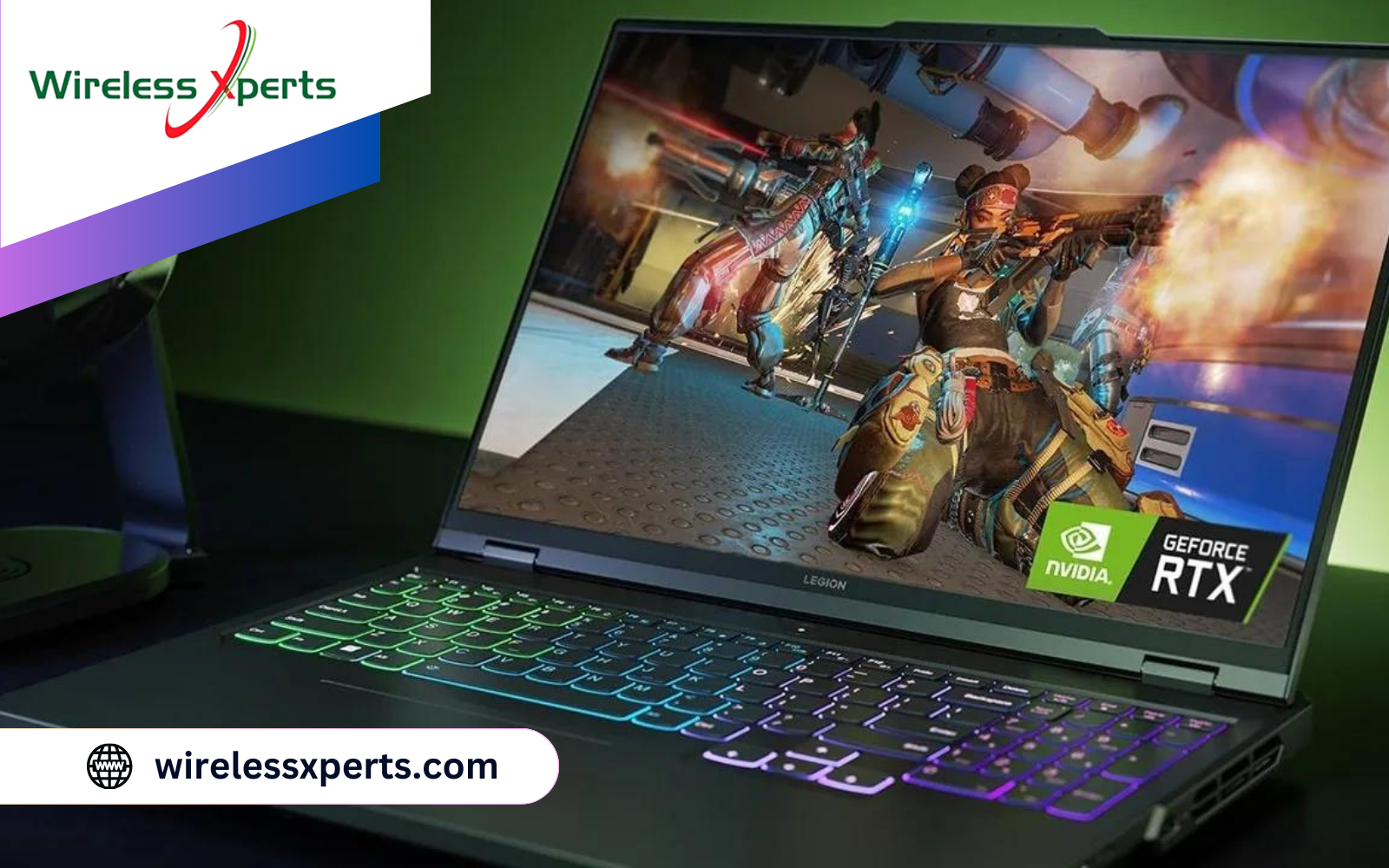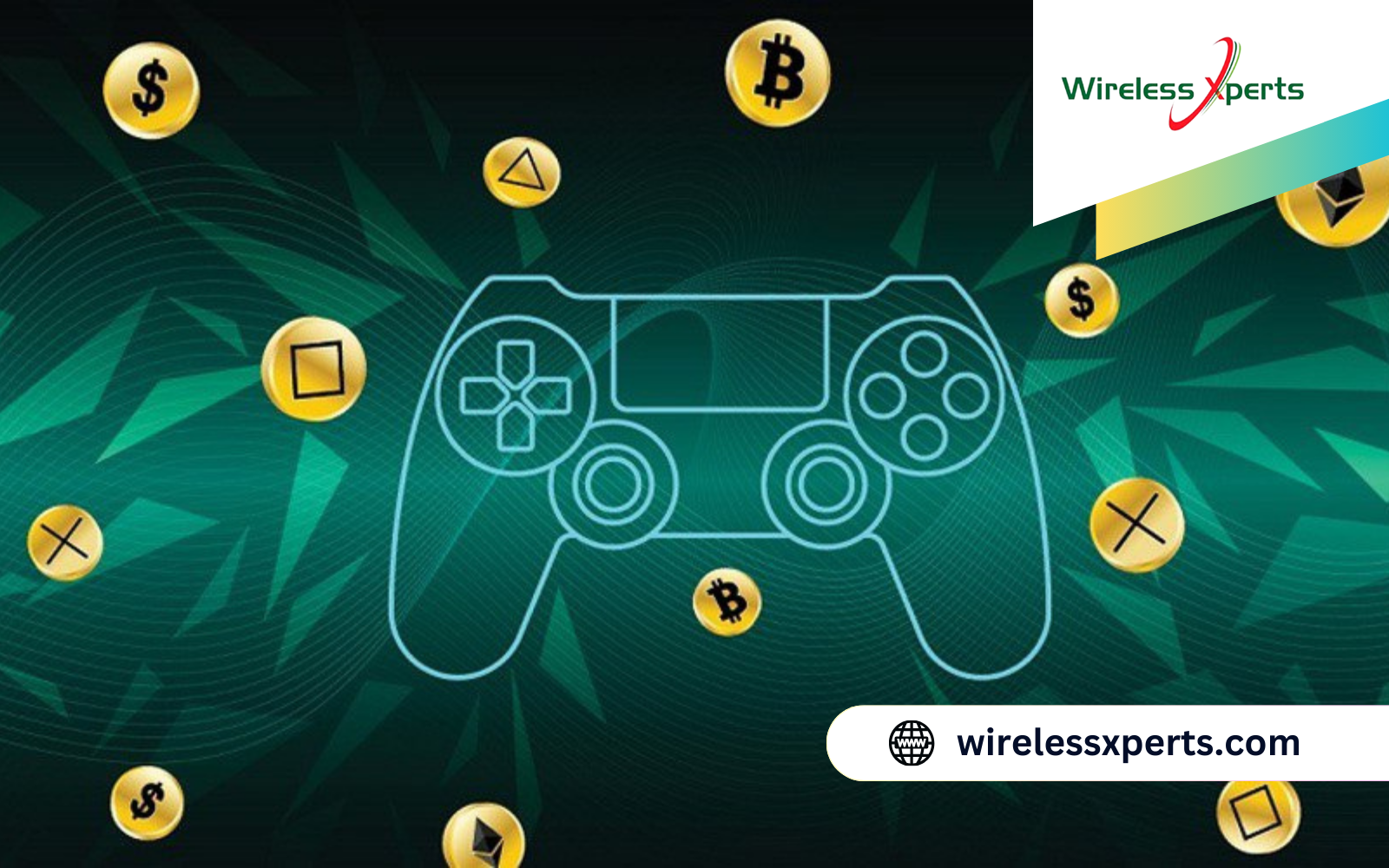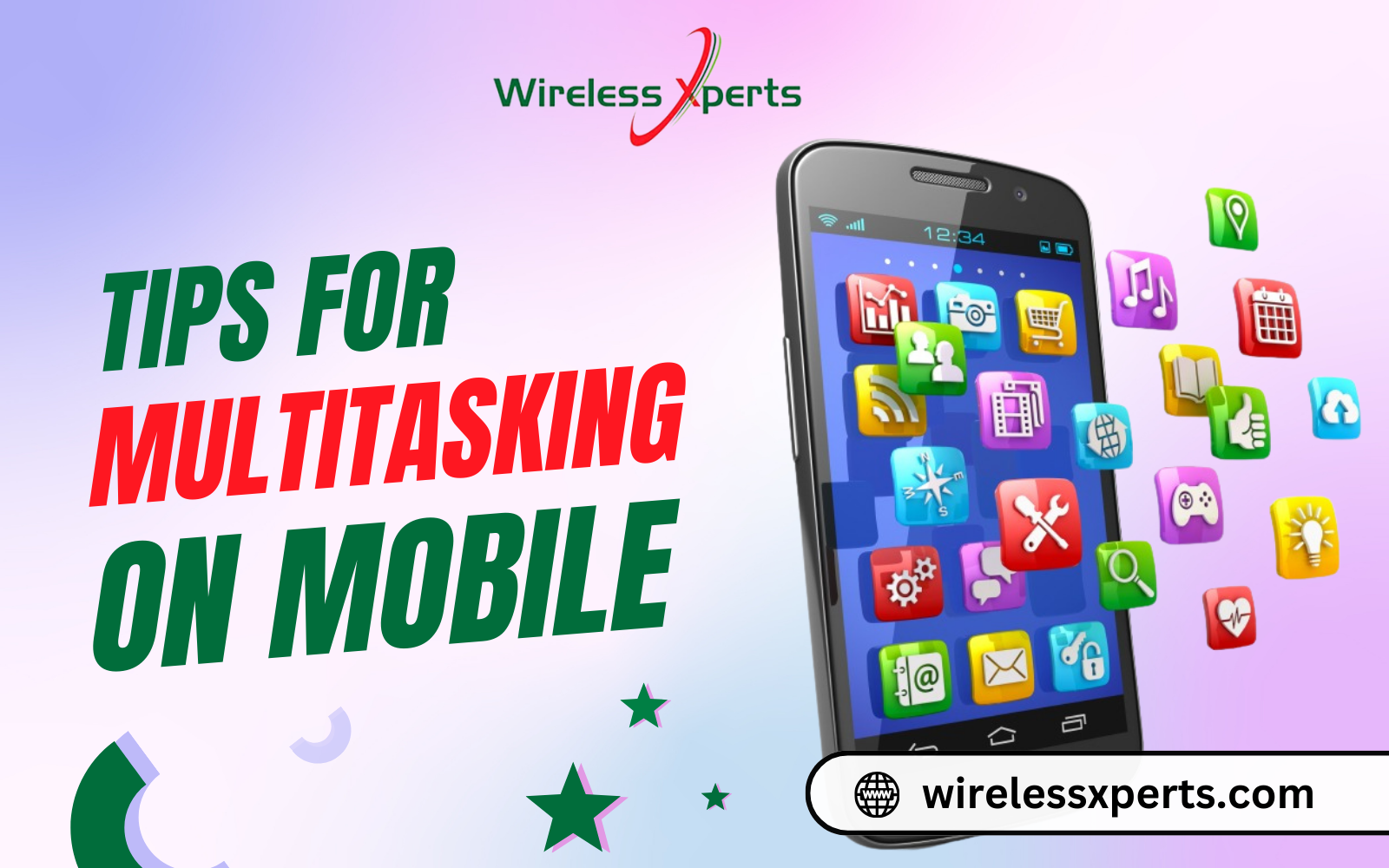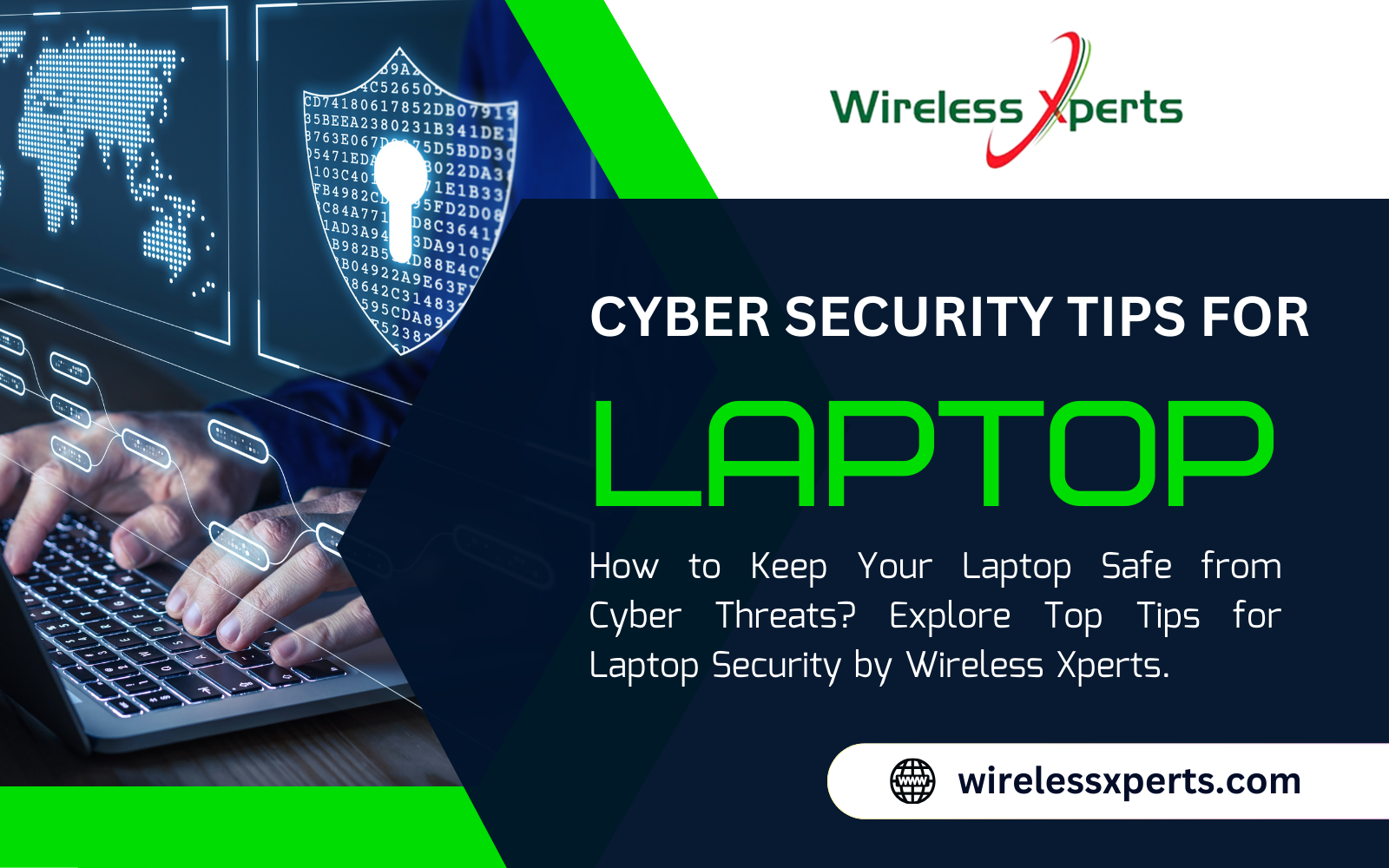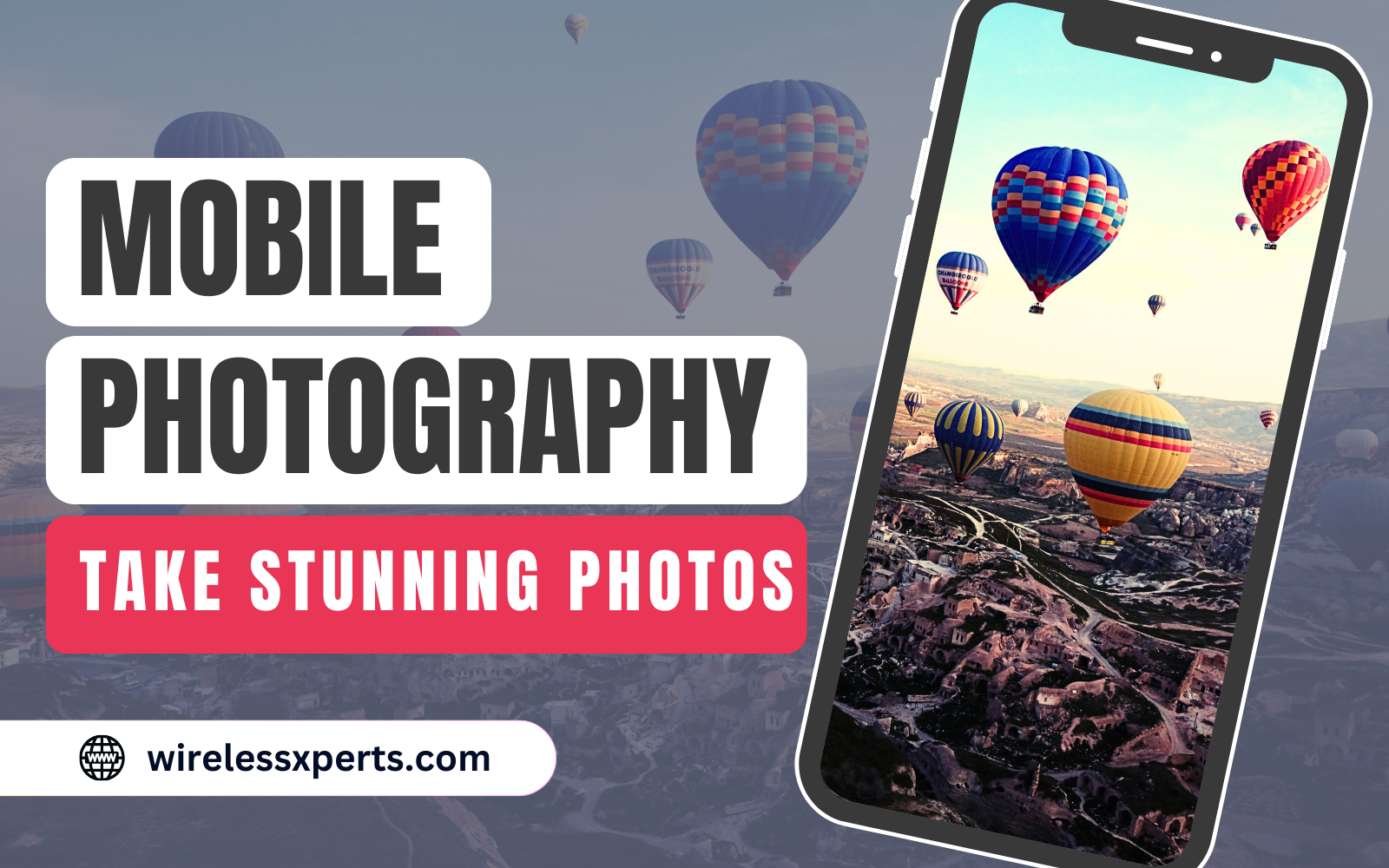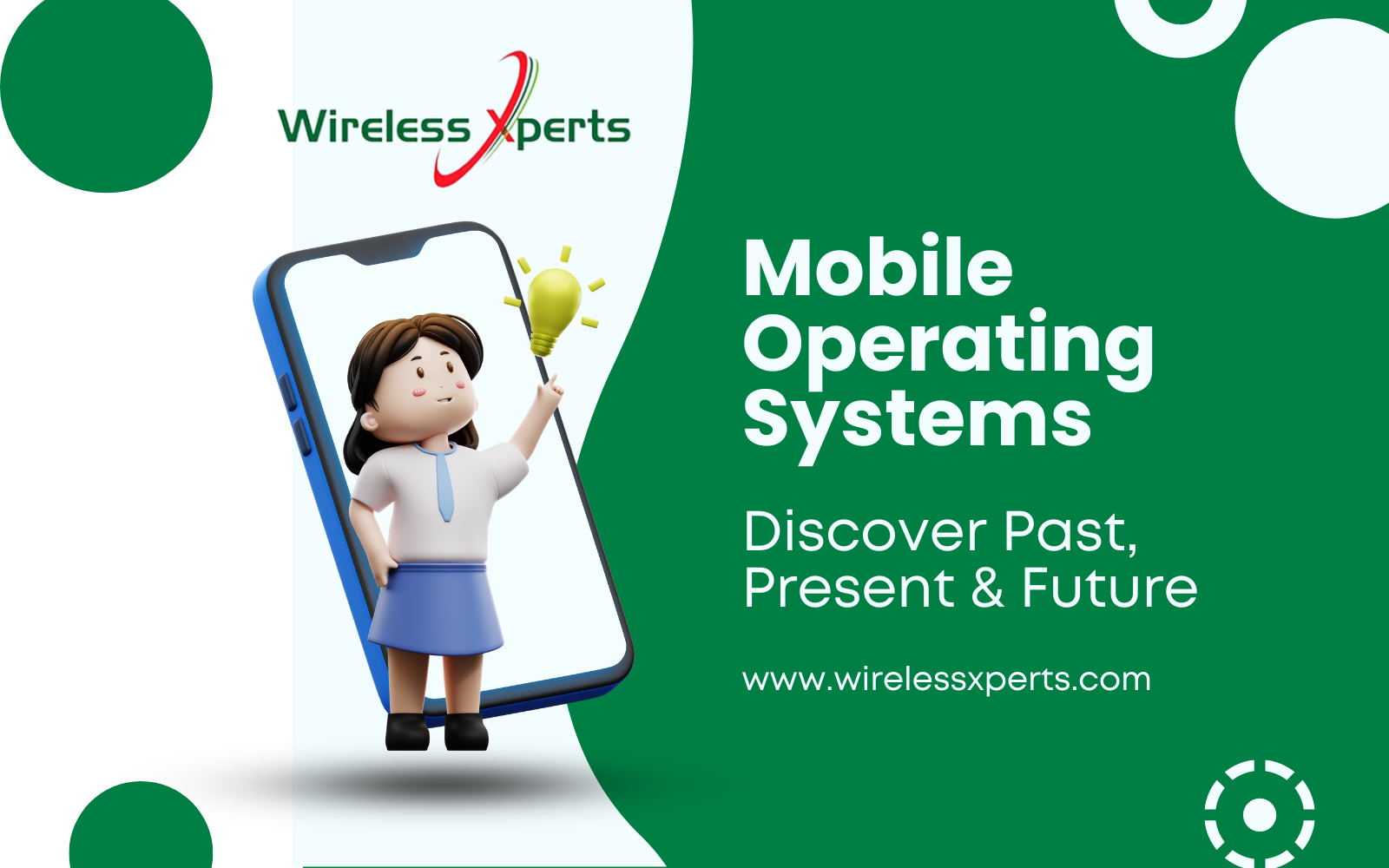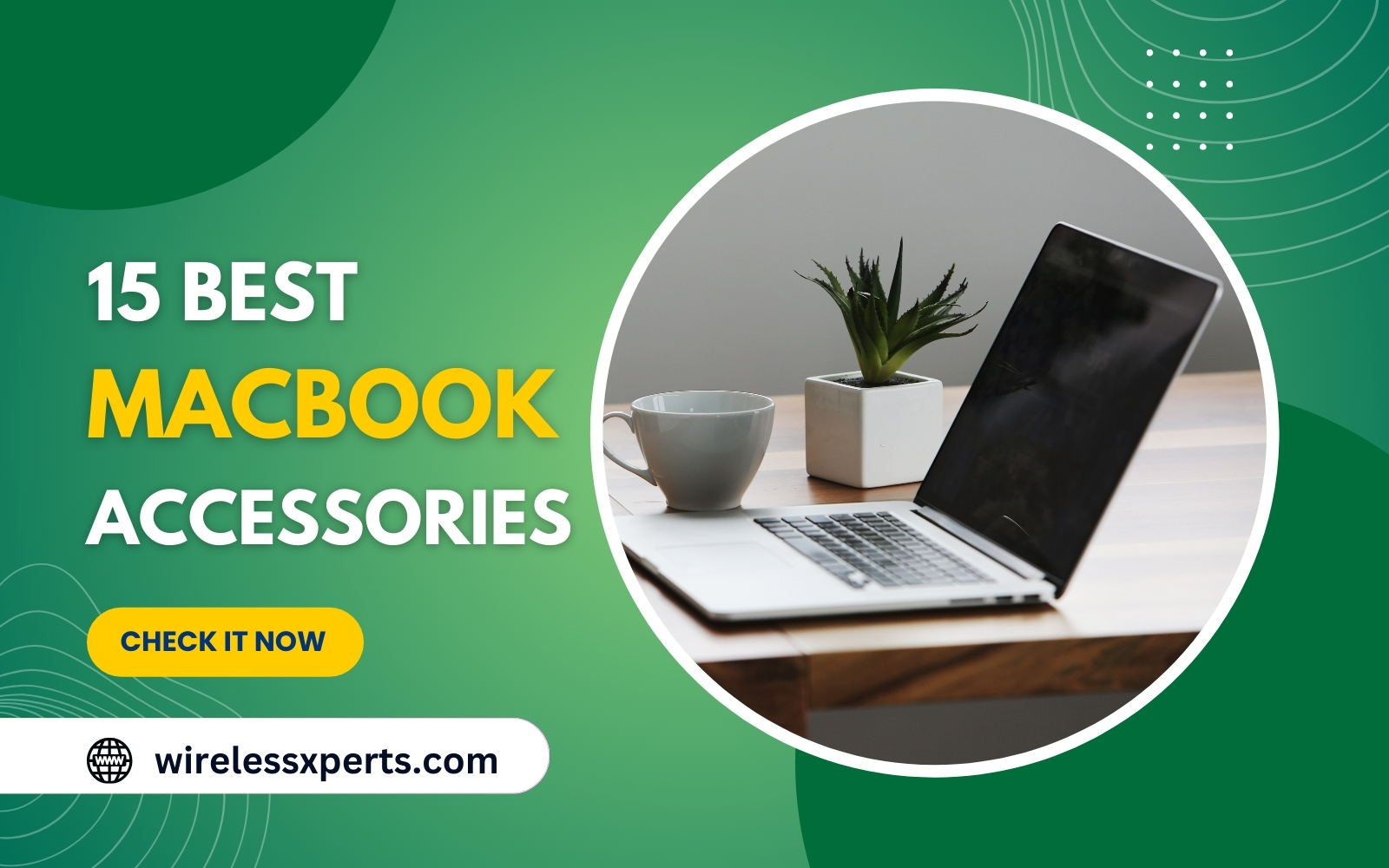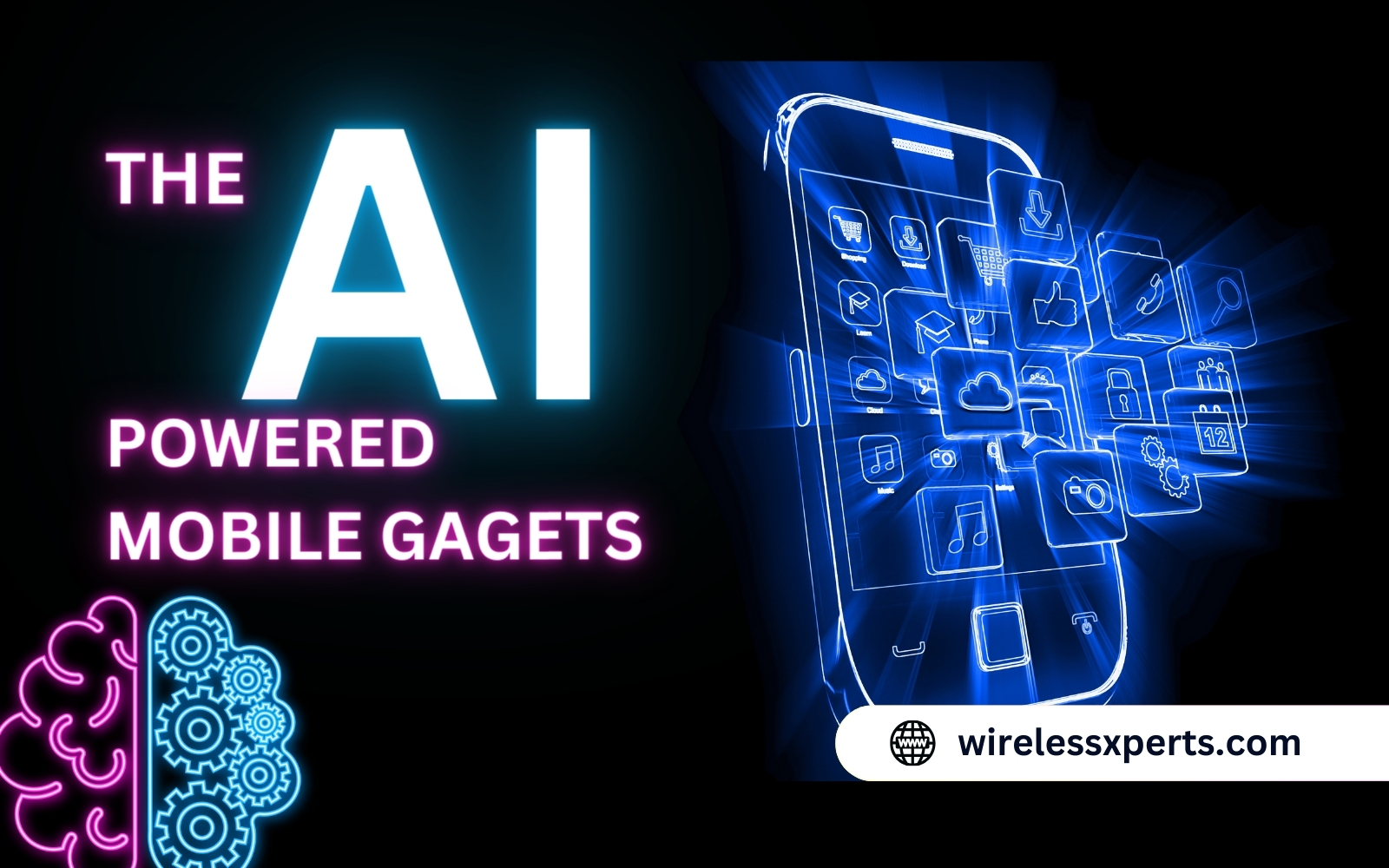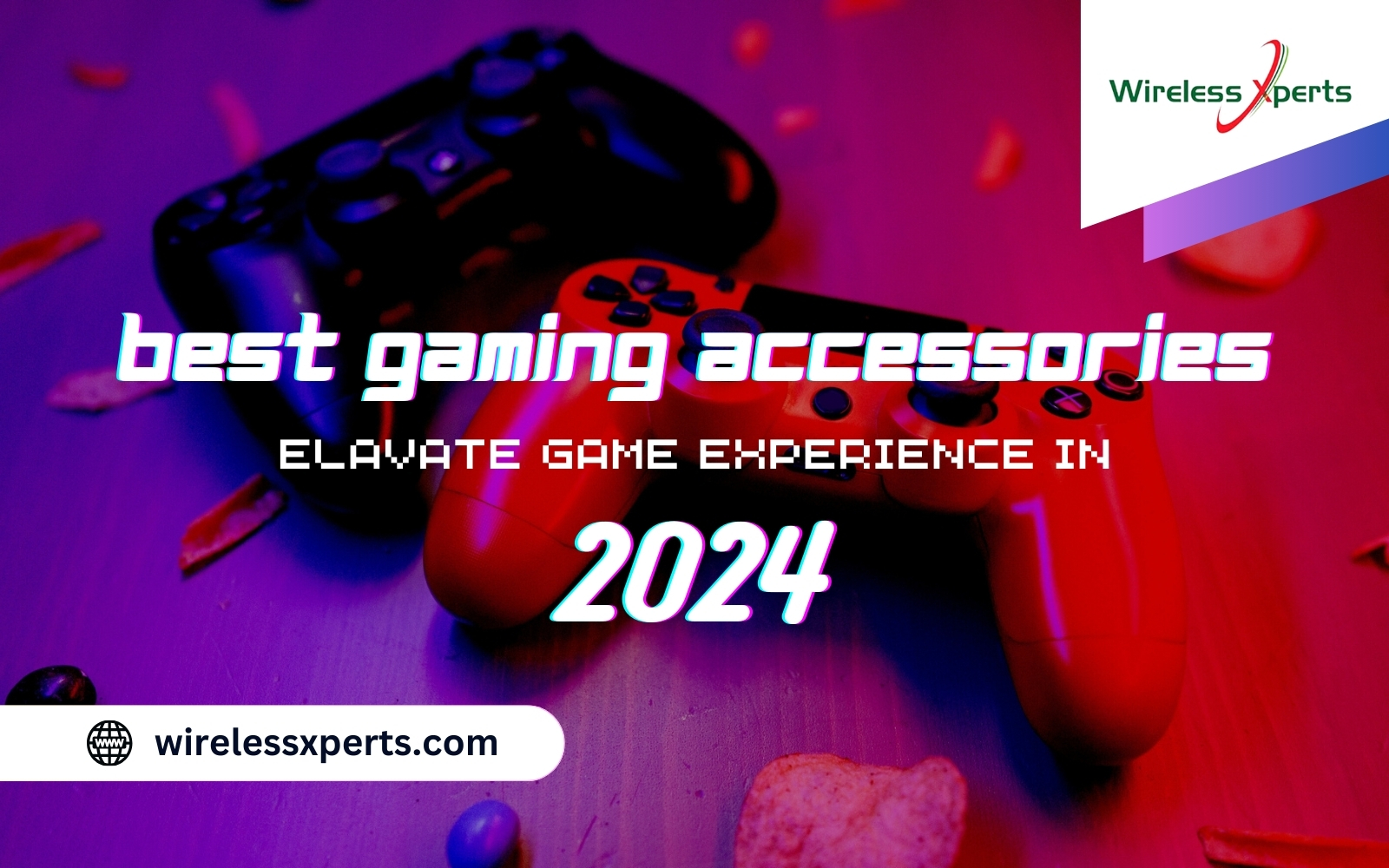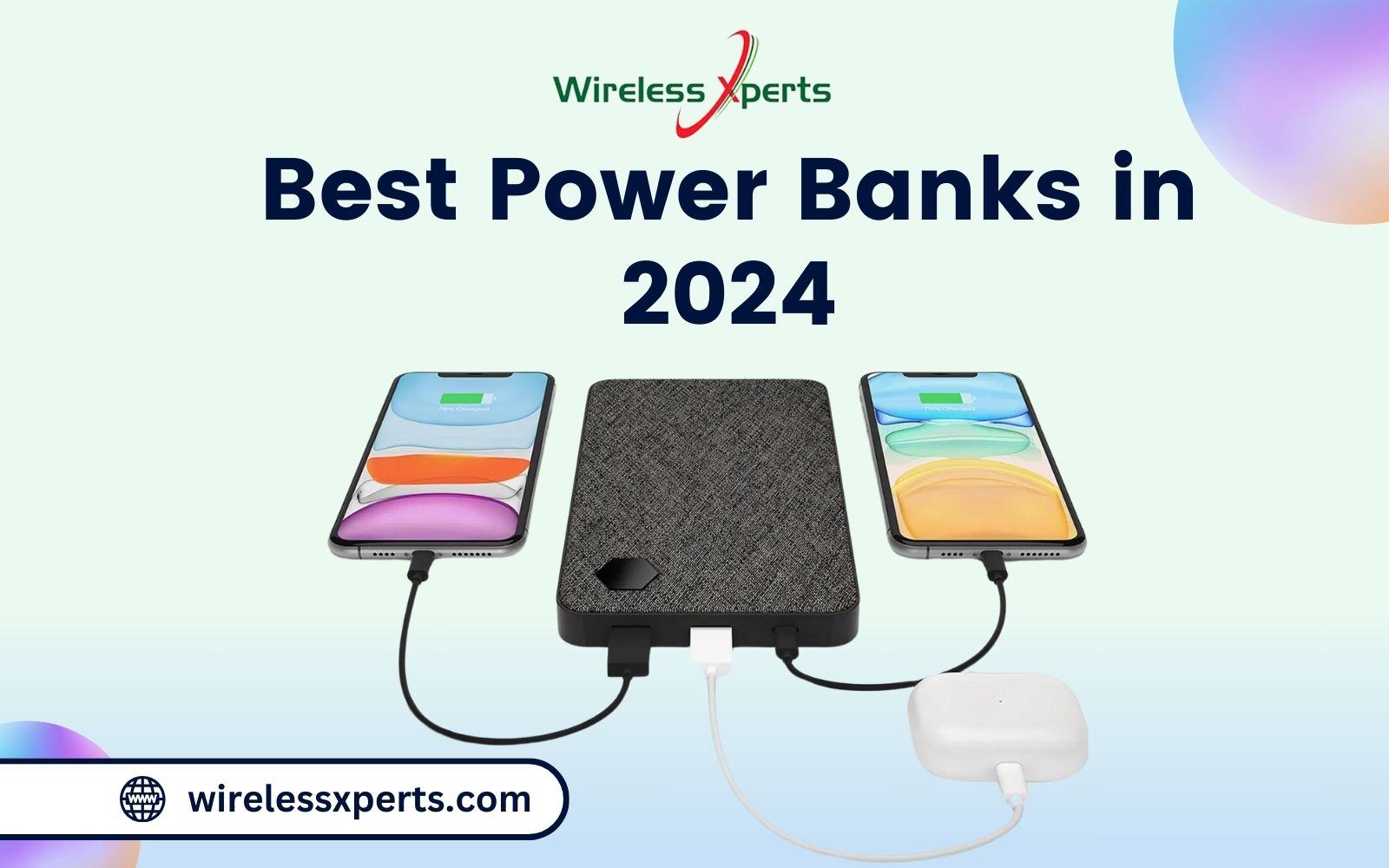What is Internet of Things (IoT)? Explore Wide Range of its Applications
-
 Chami Nelson
Chami Nelson
- News & Updates
- Jan 29, 2024
- views

The Internet of Things (IoT) stands as a beacon of technological innovation, reshaping the way we interact with our surroundings. In this comprehensive exploration, we delve into the very fabric of IoT, unraveling its intricacies, and uncovering the myriad applications that are reshaping industries and daily life.
Understanding the Essence of IoT
At its core, IoT is a network of interconnected devices embedded with sensors, software, and other technologies, allowing them to collect and exchange data. This web of devices, often referred to as "smart" devices, communicates seamlessly over the internet, creating an ecosystem where the physical and digital worlds converge.
Key Components of IoT
Devices and Sensors:
IoT relies on devices equipped with an array of sensors. These sensors can capture data ranging from temperature and humidity to motion and light. Devices can include anything from smartphones and wearable gadgets to industrial machinery and household appliances.
Connectivity:
Connectivity forms the backbone of IoT. Devices communicate with each other using various protocols, such as Wi-Fi, Bluetooth, RFID, or cellular networks. This interconnectedness ensures real-time data exchange and collaboration.
Data Processing:
The data collected by IoT devices is processed and analyzed, either locally on the device or in the cloud. Advanced analytics and machine learning algorithms extract meaningful insights, providing a foundation for informed decision-making.
Applications of IoT Across Industries
Smart Homes:
One of the most tangible impacts of IoT is witnessed in smart homes. From thermostats that learn your preferences to security cameras you can monitor from anywhere, IoT transforms houses into intelligent, responsive living spaces.
Industrial IoT (IIoT):
Industries are leveraging IoT for predictive maintenance, real-time monitoring of equipment, and optimizing production processes. IIoT reduces downtime, increases efficiency, and contributes to significant cost savings.
Healthcare:
IoT applications in healthcare extend to remote patient monitoring, wearable health devices, and smart medical equipment. This not only enhances patient care but also allows healthcare professionals to access real-time data for more accurate diagnoses.
Smart Cities:
In the realm of urban development, IoT plays a pivotal role in creating smart cities. Smart traffic management, waste management, and energy-efficient systems are just a few examples. These innovations contribute to sustainability and improve the quality of life for urban residents.
Retail:
Retailers are harnessing the power of IoT for inventory management, personalized shopping experiences, and supply chain optimization. Beacons and sensors help track customer behavior, enabling businesses to make data-driven decisions and enhance the overall shopping experience.
The Future Landscape of IoT
As we gaze into the crystal ball of technological evolution, the future of the Internet of Things (IoT) appears breathtakingly transformative. The relentless march of progress is expected to usher in a hyperconnected era where IoT extends its influence across diverse domains. In healthcare, we anticipate even more sophisticated remote patient monitoring, with wearable devices seamlessly integrating into personalized treatment plans. Industries will witness an augmented embrace of Industrial IoT (IIoT), fostering intelligent manufacturing processes and predictive maintenance on an unprecedented scale. Smart cities will evolve into living, breathing entities, with interconnected systems optimizing traffic flow, energy consumption, and waste management. The consumer landscape will continue to be revolutionized, with IoT weaving seamlessly into daily life through smart homes, personalized retail experiences, and immersive entertainment.
As the Internet of Things continues to evolve, the emergence of 5G technology will play a pivotal role, offering faster and more reliable connectivity. Edge computing will become increasingly prevalent, allowing for real-time data processing at the source, reducing latency and enhancing overall system efficiency. Security measures will be paramount, with the integration of blockchain and advanced encryption protocols to safeguard the vast amounts of sensitive data generated by IoT devices. The future of IoT is a canvas waiting to be painted with innovations that will redefine how we live, work, and interact with the world.
Conclusion: Navigating a Connected Tomorrow
In conclusion, the trajectory of the Internet of Things promises a connected tomorrow where the physical and digital realms converge seamlessly. As we stand on the brink of this technological frontier, the potential for IoT to revolutionize industries and enhance our daily lives is boundless. However, with great power comes great responsibility, and addressing challenges such as data security, interoperability, and ethical considerations will be imperative. The future of IoT is not just a technological evolution; it's a societal transformation that demands a thoughtful and inclusive approach. By navigating this connected tomorrow with foresight, innovation, and a commitment to ethical practices, we pave the way for a future where the Internet of Things truly becomes a force for positive change in our interconnected world.


